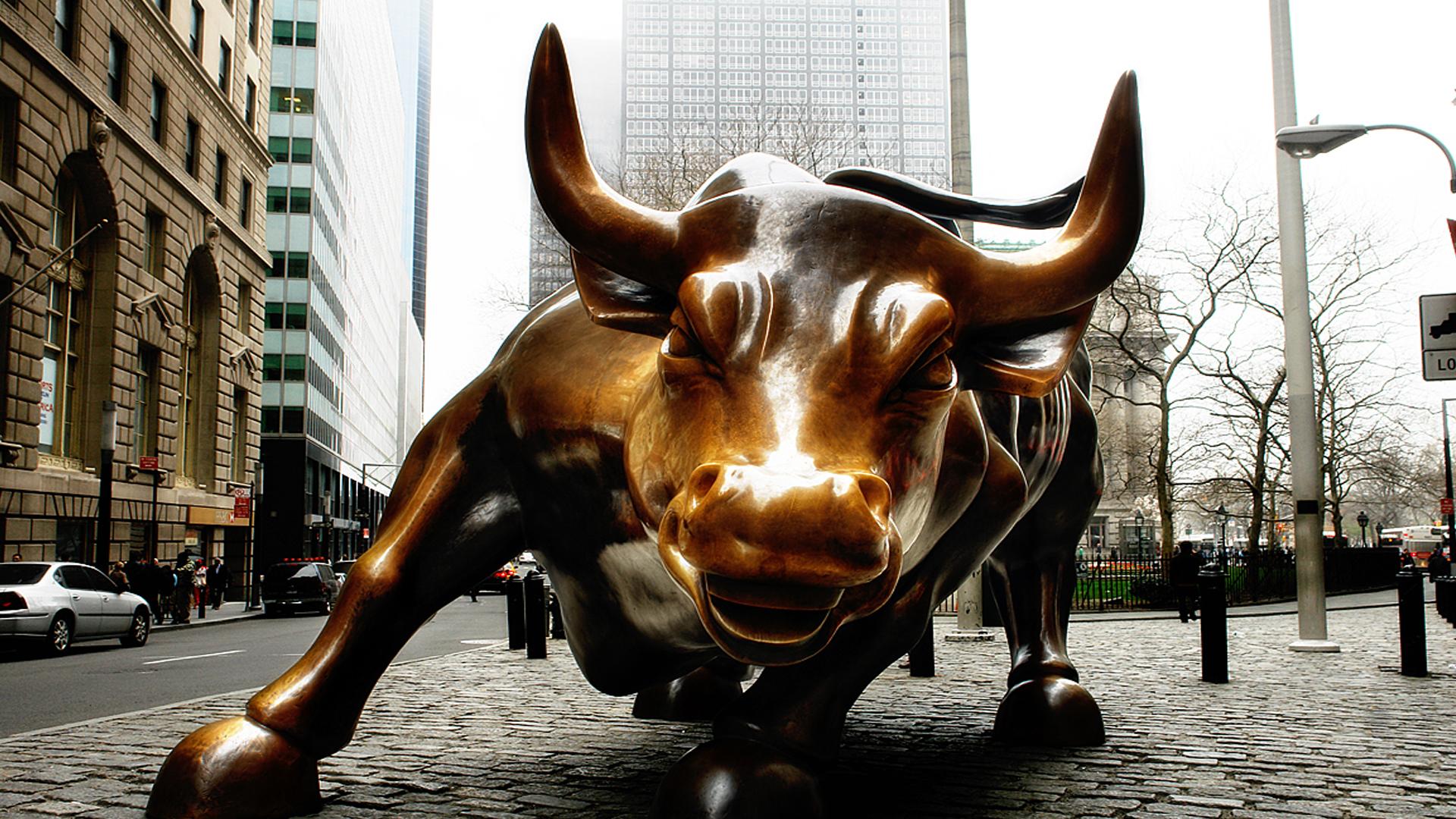Crypto-currencies: Raging bull economic engine of the future or potential TPTB takedown target?

The threat that cryptos pose to the entrenched multinational oligarchic mega-nopolies is apparent to anyone who has become even moderately acquainted with the industry. From the loss of their extremely lucrative financial transaction fees, to the displacement of the existing world reserve fiat currency du-jour, to the risks posed by the uncharted territory of completely decentralized social media, futures markets, and still as yet to be conceived of business models now accommodated by the power of the blockchain.

An entrenched plutocracy that has fought tooth and nail for many decades to suppress the price of shiny rare metals, offer plunge team protection services to the benefit of privileged insiders, and to rig LIBOR interest rates yielding trillions of dollars in theft from the economy, would be oddly derelict in allowing this upstart technology to upturn the applecart of their generations’ old jackboot on the throat of world commerce. A stranglehold held on not just the printing of fiat currencies but also on the systems and levers and mechanisms of worldwide finance itself, giving these entities de-facto control over the very governments with which the system is practiced under.
Such a vested special interest would typically have contingencies in place to destroy any such competition. Yet bitcoin and the crypto industry have been allowed to flourish. But why?

One theory suggests that it was merely tolerated until recently, disregarded as a mere curiosity to be slated for the dustbins of history. However, as it has established itself as a legitimate multi-billion dollar industry eating into traditional banking profits, it has become a target to be eliminated via the time honored tradition of market manipulation. This theory poses that what we are experiencing now is the mid-point of an exercise of the Shock Doctrine. What we currently see is an artificial bubble. A bubble to be inflated to unprecedented and euphoric highs. Frothed and lofted to such a height that a wide user base of adopters will have invested vast sums. At which point the bubble would be burst, costing these would-be investors large portions of their capital, and prompting demands for governmental intervention. At which point the government would happily, indeed as if waiting for their cue, intercede to begin the legislation of bitcoin and other crypto-currencies out of existence. “We must protect the public from these deceitful ponzi-schemes” would be the war cry from the attack dogs of the autocrats.

The propagandistic bludgeon of the Hegelian Dialectic problem-reaction-solution would then once again be unleashed upon the public. This time to upend, stifle and destroy the great potential offered by the value-creating innovators of this, our modern world. Crypto-currencies to be snuffed out like a flame by the cabalistic junta of career politicians fused at the hip with multi-national corporations.
So the question remains, why? Why would cryptos be allowed to thrive even though they threaten the lifeblood of those with the most power and influence? Is it by design and they have already positioned themselves to profit from the new world offered by cryptos? Or is it just temporary, to be brought down once the time is right and the maximum damage can be inflicted?
On the one hand the crypto-currency industry has become a veritable thriving metropolis of 21st century technological prosperity. On the other hand, those that stand the most to lose are the wealthiest, most powerful and entrenched entities on the planet. In this grand showdown between technology and entrenched power, who will win?